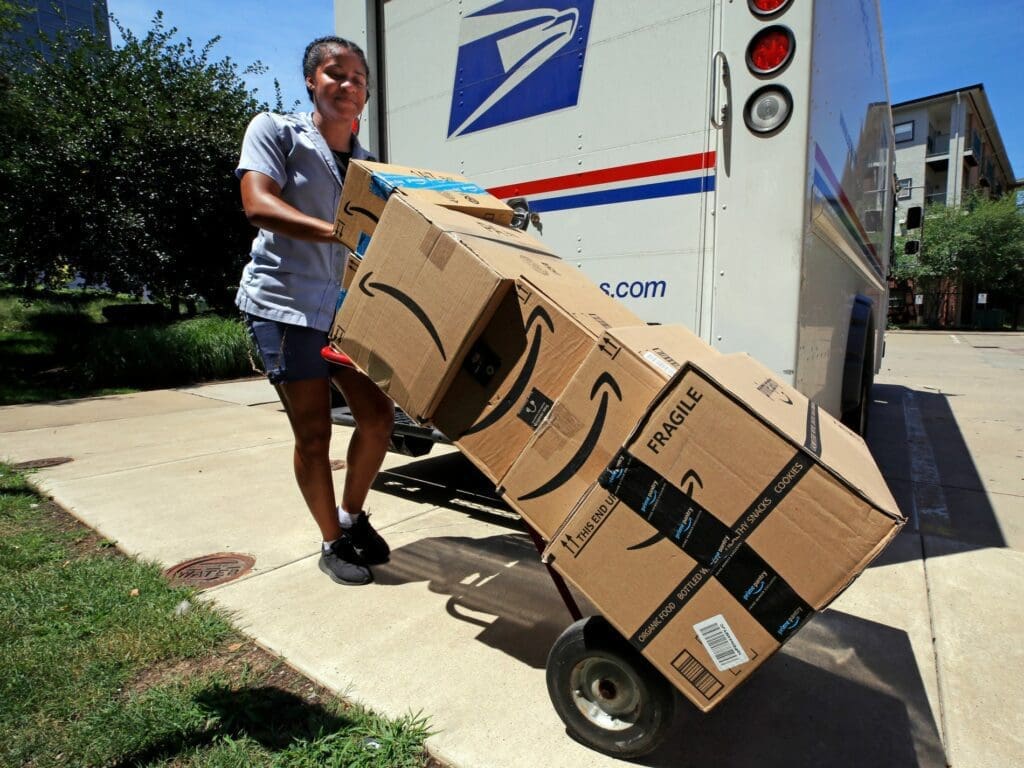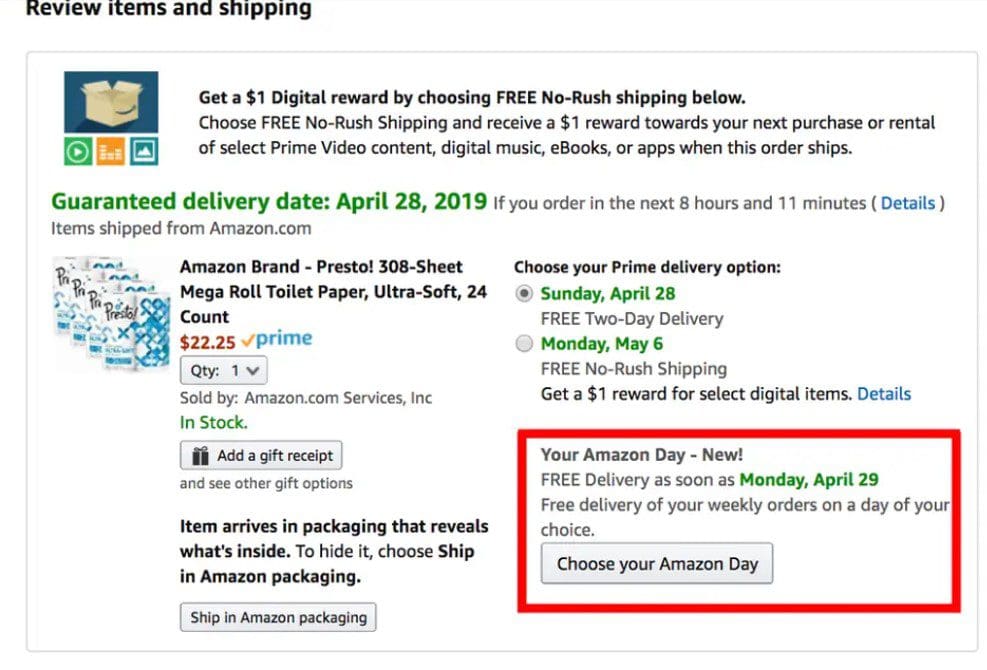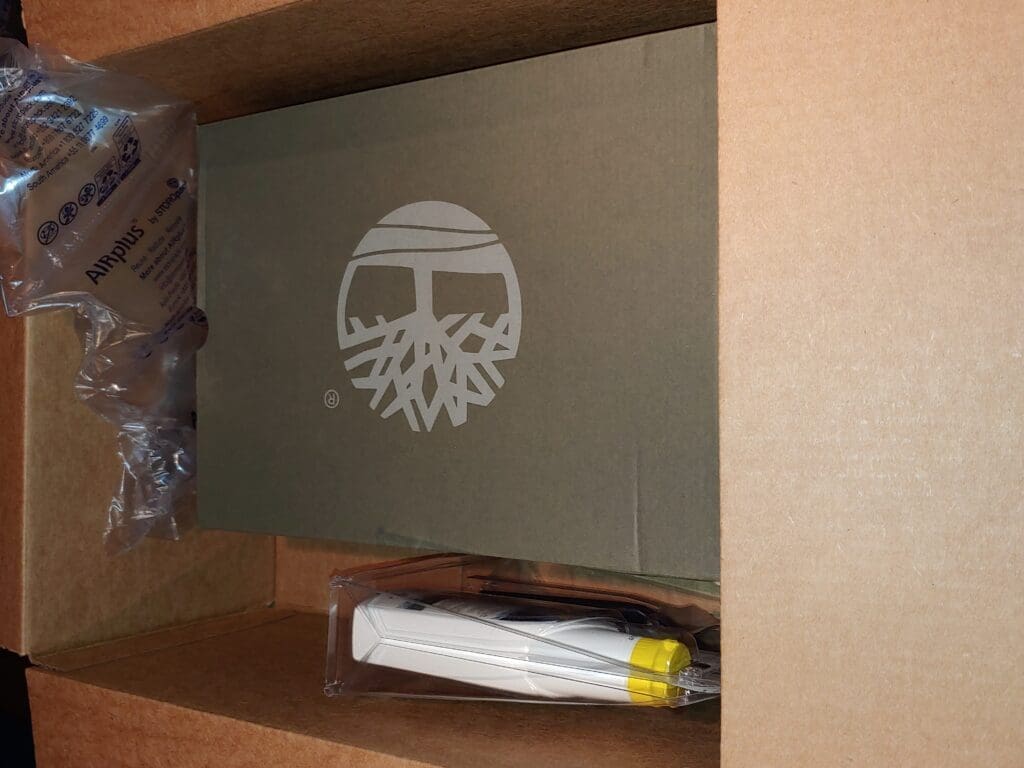I have written critically about Amazon’s sustainability practices in the past. Transportation produces large amounts of greenhouse gases. E-commerce is inherently less green than traditional bricks and mortar retail supply chains; it contributes to larger transportation emissions than traditional retailing. That is because instead of having pallets of goods delivered in truckload size shipments to stores, small parcels are sent directly to consumers. And often one leg of the journey is by Air. Full truckload shipments are greener than van deliveries, and Air is the least sustainable of all transportation modes. Amazon has done more to grow e-commerce than any company in the world, and, I have argued, this makes them one of the least sustainable companies on Earth.

The Amazon Day Shipping Option Contributes to Supply Chain Sustainability
I was making this point in a keynote speech – Megatrends in Supply Chain Management – at enVista’s Fuel conference a few weeks ago when I talked about sustainability as one of the Megatrends. My self-employed consultant wife did not have a busy week, so she came along and listened to the speech. She heard me say, “My wife is a big user of Amazon Prime. I’ve been working at home and seen three different Amazon trucks make three separate deliveries to our home in the same day.”
A New Amazon Supply Chain Sustainability Initiative
She took this to heart. The next time she went to order from Amazon, and it came time to check out, she noticed a new delivery option below the other Prime delivery options called Amazon Day! This option allows a customer to select one day of the week, Tuesday in our case, for Amazon to make deliveries to your home for items you don’t need quickly.

How often do you really need to get an order within a day or two? In our case, it is rare. So yesterday, we got our first My Amazon Delivery Day order. My wife had seven items across three orders delivered to us.
The new shipping option is part of Amazon’s Shipment Zero initiative. Amazon is pledging to reach 80% renewable energy by 2024 and 100% renewable energy by 2030 on its path to net zero carbon by 2040.
Not only were there transportation efficiencies, and thus fewer greenhouse emissions, there were also packaging efficiencies. The three orders were consolidated down to two cardboard containers rather than three. Amazon did a nice job of not shipping air, the goods fit snugly in the boxes. Packaging efficiencies drive reductions in landfill waste. Amazon also has a sustainable packaging initiative in place.

Snugly Packaged Goods Delivered to the Banker Home
In return for using Amazon Day we were awarded with digital credits. But my wife admits she does not really care about these credits or have plans to redeem them. She talked to a couple of her friends who are also active Amazon Prime customers. They don’t care about the digital credits either.
From my wife’s perspective, Amazon would do better selling this program not based on digital rewards but based on being good to the Earth. She thinks Amazon would get better traction with the program if they said something like, “The average Amazon Day delivery reduces emissions by X%.
One can argue that Amazon can’t be blamed for emissions related to ecommerce shipments. It is we the consumers that demand instant gratification and are driving the massive growth in e-fulfillment. However, most people are unaware that e-fulfillment is less friendly to the Earth than traditional brick and mortar fulfillment. Amazon could certainly help mitigate last mile emissions by promoting Amazon Day as a green initiative.

















